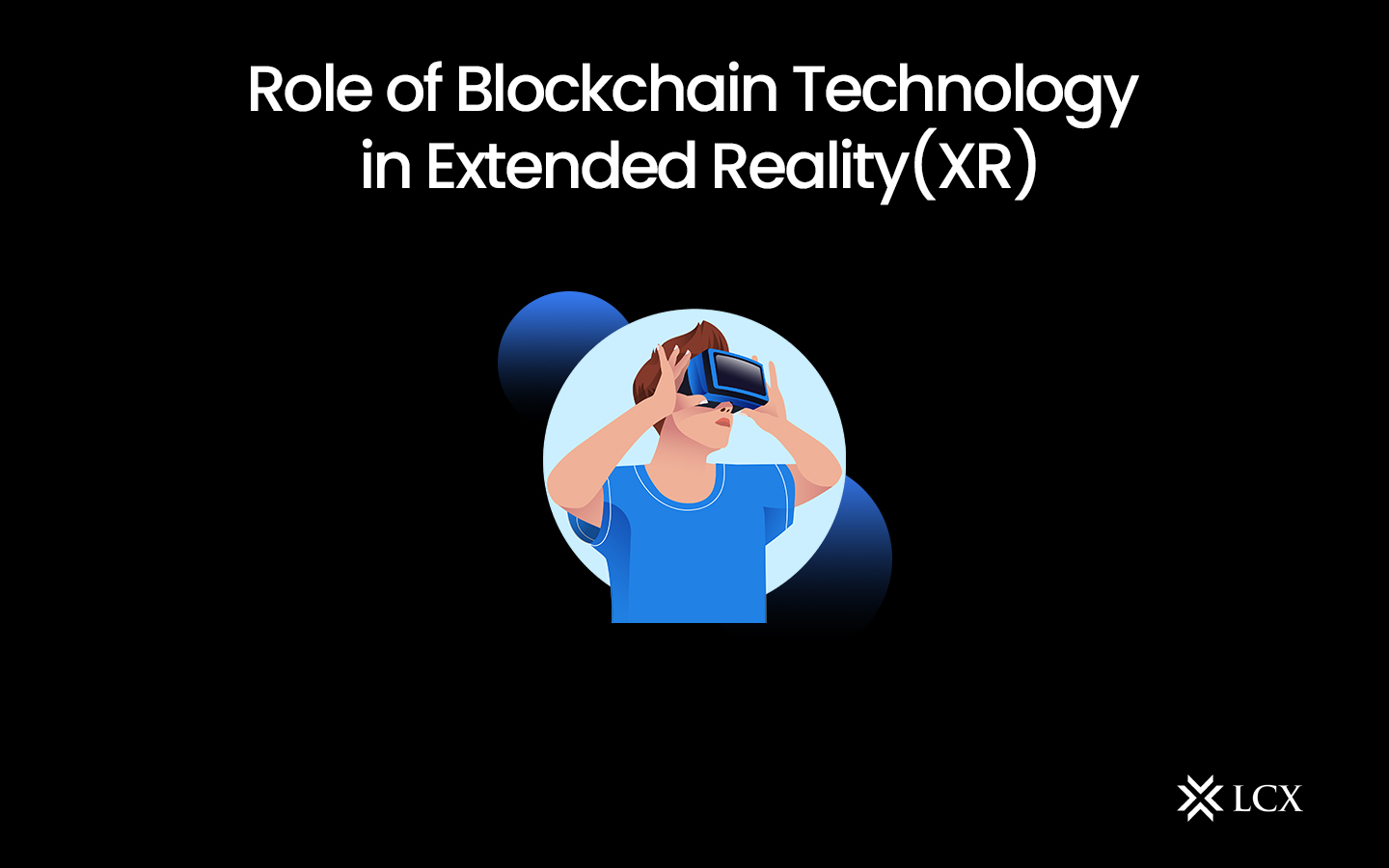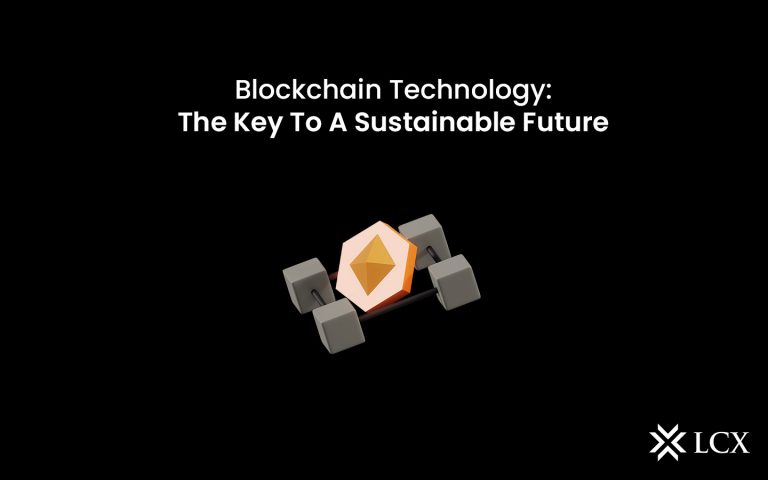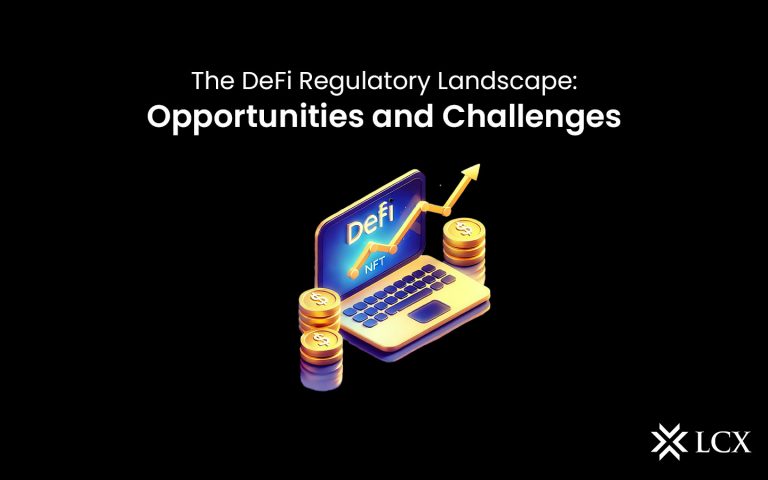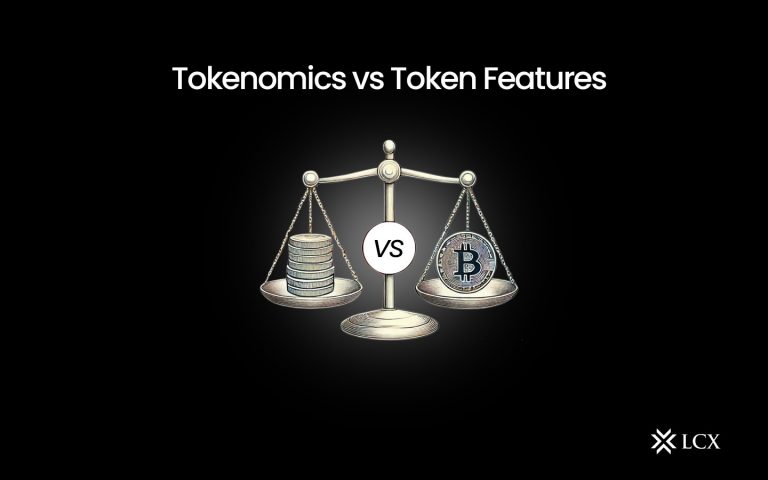Introduction
Extended reality (XR) refers to technologies that combine real and virtual environments to create immersive and engaging experiences. Among the technologies encompassed by the umbrella term XR are virtual reality (VR), augmented reality (AR), and mixed reality (MR). VR is a technology that isolates users from their surroundings by completely immersing them in a digital simulation. Frequently, a virtual environment is displayed on screens or spectacles while the user wears a VR headset that records head movements. VR experiences allow users to investigate virtual environments, interact with objects, and engage in various activities.
AR augments the user’s perception and interaction with their physical environment by superimposing digital data onto the real world. AR is typically employed with smartphones, tablets, or AR spectacles. Due to its ability to project virtual objects, text, or images into the real world, users can interact with both virtual and physical aspects simultaneously. Several industries, such as gaming, education, navigation, and industrial training, employ augmented reality applications.
MR is a hybrid form of reality that combines VR and AR elements. Users of MR systems can interact with virtual objects while remaining aware of and interacting with their actual surroundings. By monitoring the user’s position and surroundings, MR enables the appearance of virtual objects and their interaction with the real world by requiring specialized headsets or glasses.
Recreation, games, education, training simulations, online meetings and collaboration, architectural and industrial design, healthcare, and other applications utilize XR technologies. XR has the potential to completely transform how we interact with information, communicate, learn, and experience virtual worlds by generating immersive and compelling experiences beyond conventional interfaces.
Role of Blockchain in Extended Reality
The symbiotic relationship between Blockchain and Extended Reality can revolutionize industries and empower users in unimaginable ways:
- Enhancing XR Content Protection
One of the primary challenges facing extended reality is the unauthorized use and distribution of XR content. Creators invest significant time and resources into developing immersive experiences, only to face issues related to piracy and intellectual property theft. Blockchain’s inherent traits of decentralization, transparency, and immutability can be harnessed to address these concerns. By storing XR content metadata and licensing information on the blockchain, creators can establish proof of ownership and protect their intellectual property rights. Smart contracts can automate the licensing process, ensuring that creators receive fair compensation when their content is used or shared.
- Establishing Trust in XR Transactions
In the XR space, trust plays a crucial role, especially when it comes to transactions involving XR assets and experiences. Blockchain’s trustless nature allows for secure peer-to-peer transactions without the need for intermediaries. Smart contracts can be utilized to execute XR content transactions automatically once the agreed-upon conditions are met. This not only eliminates the risk of fraud but also expedites the process, making XR content distribution more efficient and accessible to a broader audience.
- Decentralizing XR Content Hosting and Distribution
Traditional XR platforms often rely on centralized servers for content hosting and distribution, leading to issues of censorship, downtime, and data privacy concerns. By leveraging blockchain technology, XR content can be hosted and distributed on a decentralized network of nodes, reducing single points of failure and improving content availability and reliability. Users can access XR experiences directly from the blockchain network, ensuring a more resilient and censorship-resistant ecosystem.
- Building a Metaverse with Cross-platform Interoperability
The concept of the metaverse, a shared virtual space where users can interact with one another and digital assets, has gained significant traction in recent years. However, the fragmentation of XR platforms and ecosystems poses a challenge to the realization of a fully-fledged metaverse. Blockchain can facilitate cross-platform interoperability by creating a standardized protocol for XR content and asset exchange. By using blockchain as a universal medium, XR experiences can seamlessly transcend different platforms, fostering a cohesive metaverse where users can navigate freely.
- Incentivizing XR Content Creation and Collaboration
Blockchain’s tokenization capability enables the creation of native digital assets or tokens that can represent ownership or access rights to XR content. By introducing cryptocurrency-based incentives, creators, developers, and users can be rewarded for contributing to the XR ecosystem. This incentivization model fosters collaboration, creativity, and innovation, as users are motivated to create and share XR content, driving the expansion and evolution of the Extended Reality landscape.
- Tracking XR Content Usage and Analytics
Understanding user behavior and content performance is crucial for XR developers and creators seeking to optimize their experiences. Blockchain’s transparent and tamper-resistant nature allows for precise tracking of XR content usage and user engagement. By analyzing on-chain data, creators can gain valuable insights, enabling them to refine and personalize XR experiences based on user preferences and behavior.
Conclusion
As the worlds of Blockchain and Extended Reality continue to evolve, their convergence presents a vast array of possibilities. By harnessing the power of blockchain technology in Extended Reality, we can address critical challenges, promote decentralization, enhance user experiences, and unlock the full potential of the metaverse. The role of blockchain in Extended Reality goes beyond the realms of imagination, promising to reshape industries and empower users in unprecedented ways. As we look to the future, it is evident that this symbiotic relationship will redefine how we perceive, interact with, and experience the digital and physical worlds around us.










